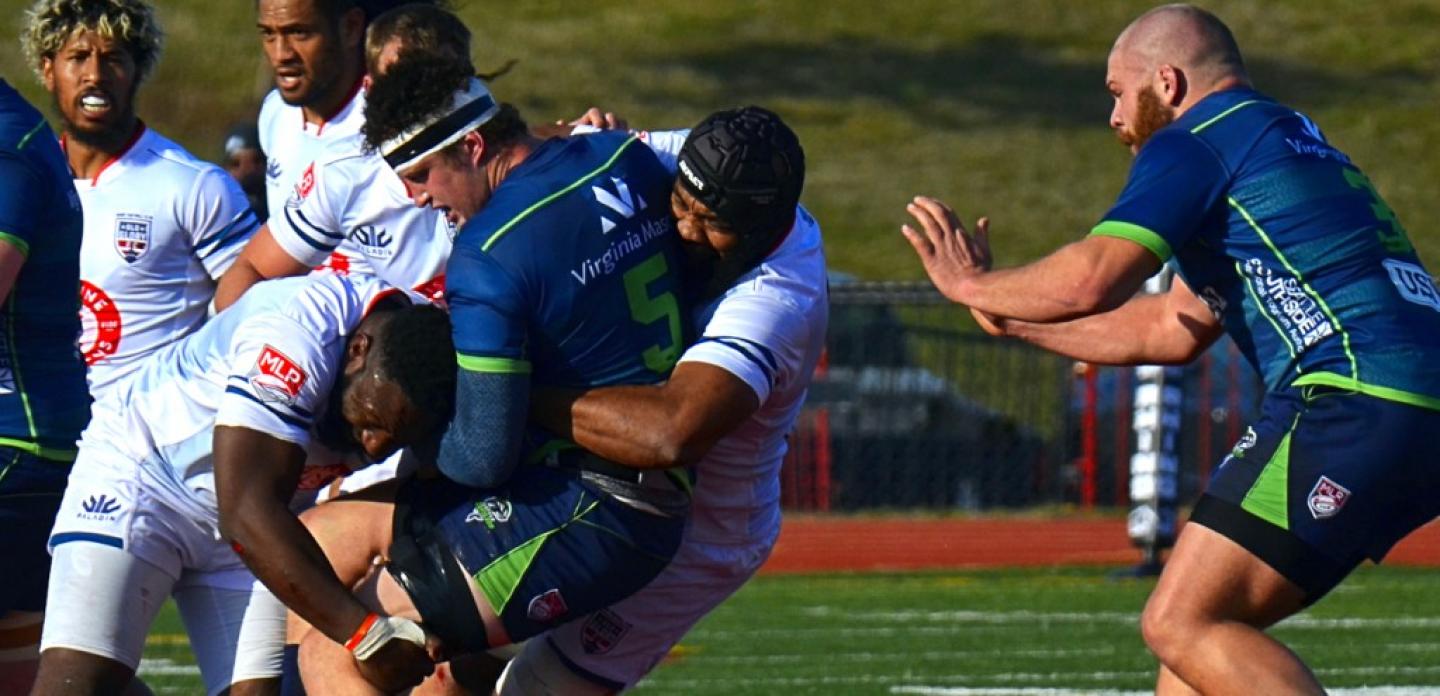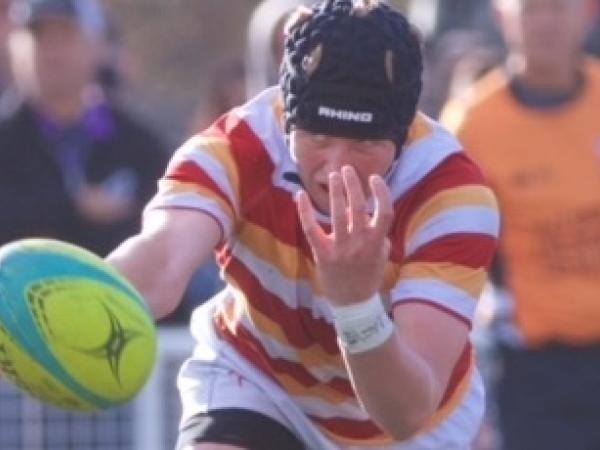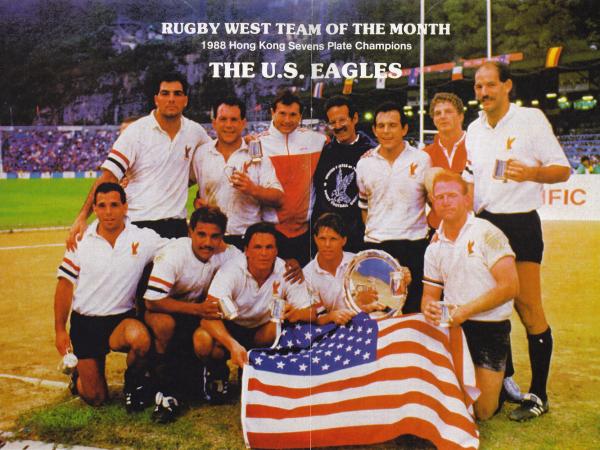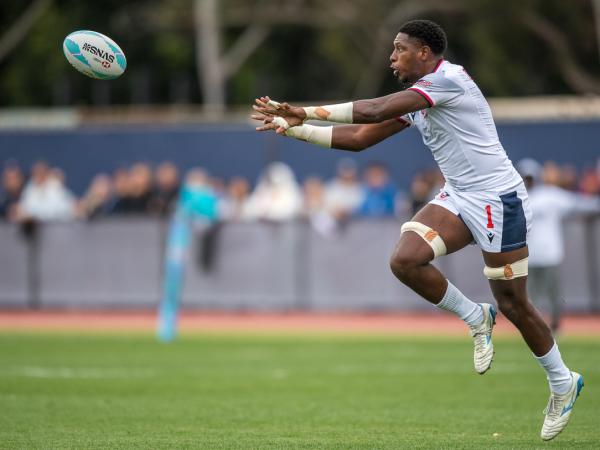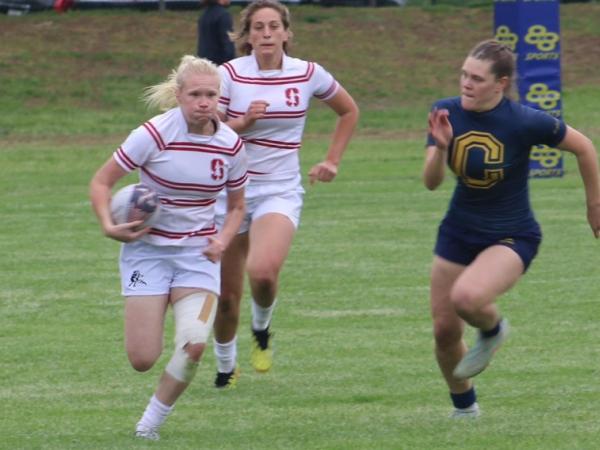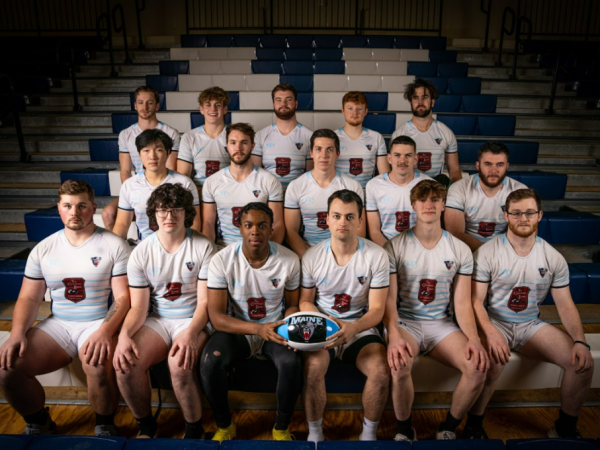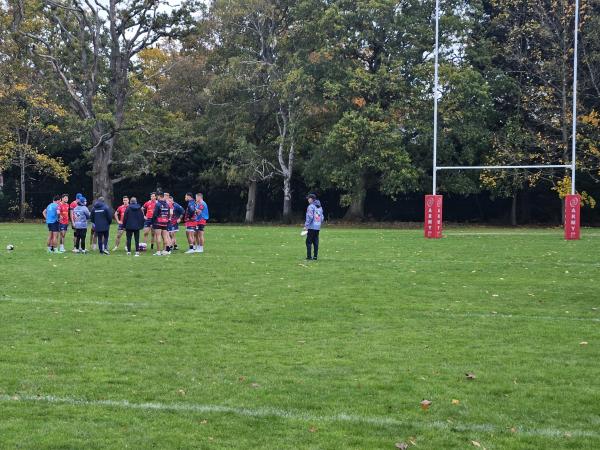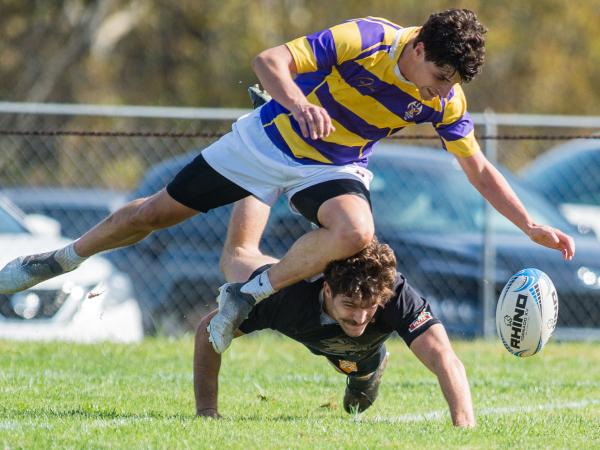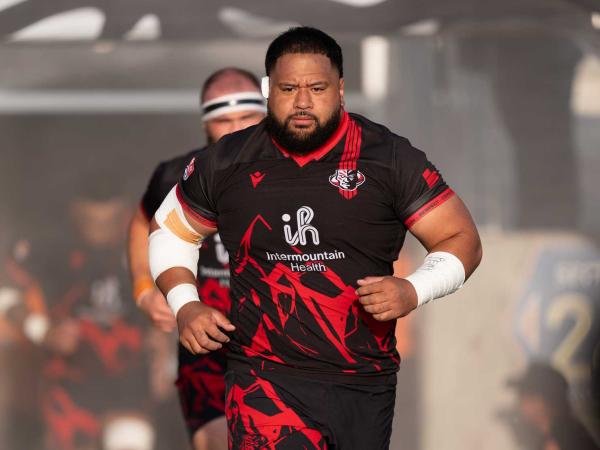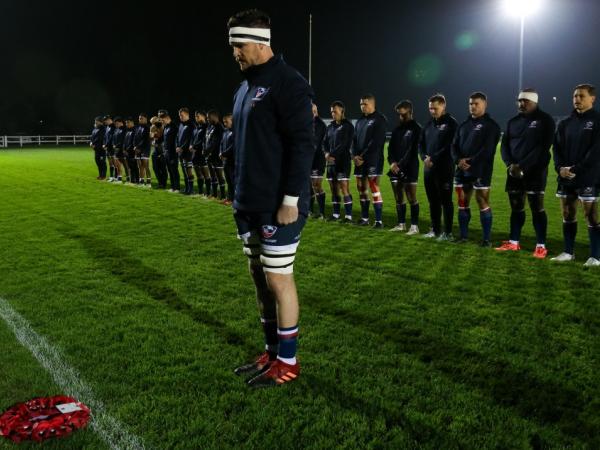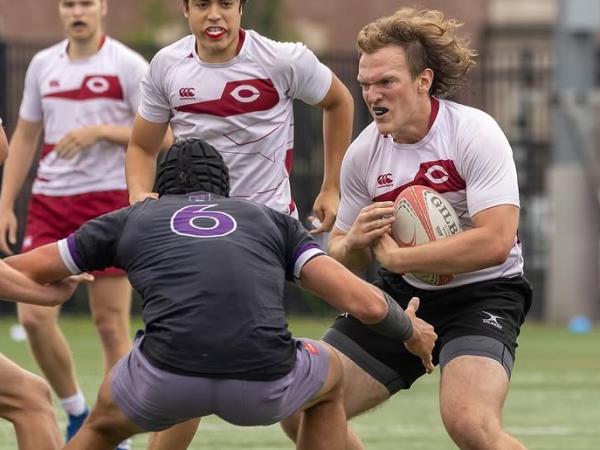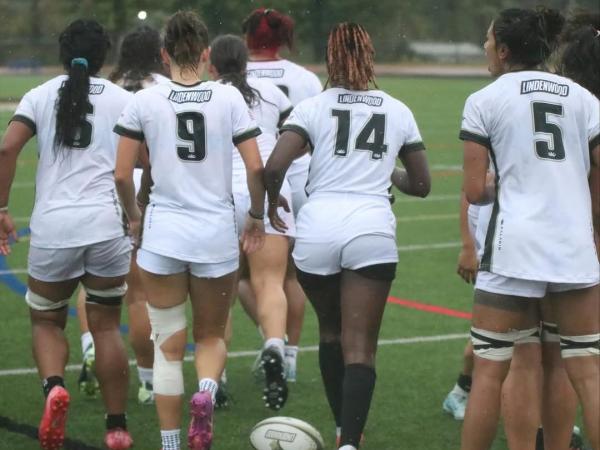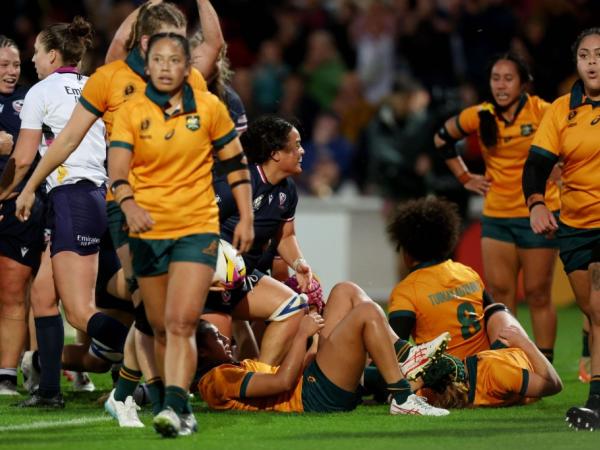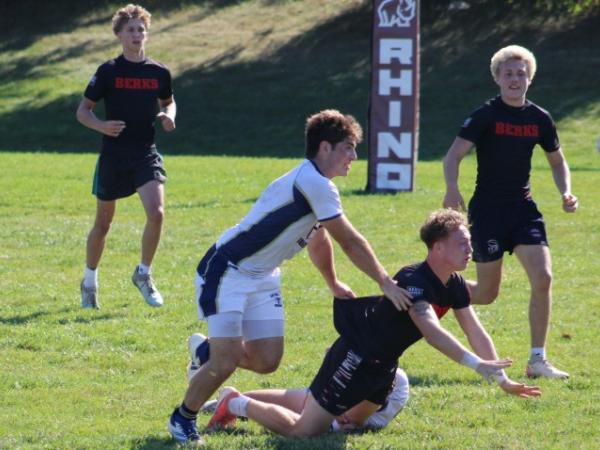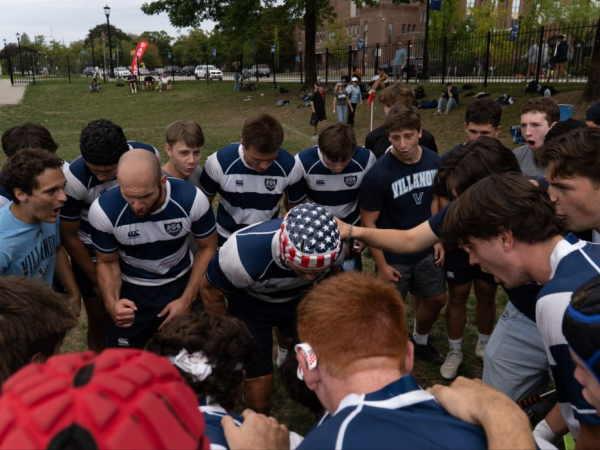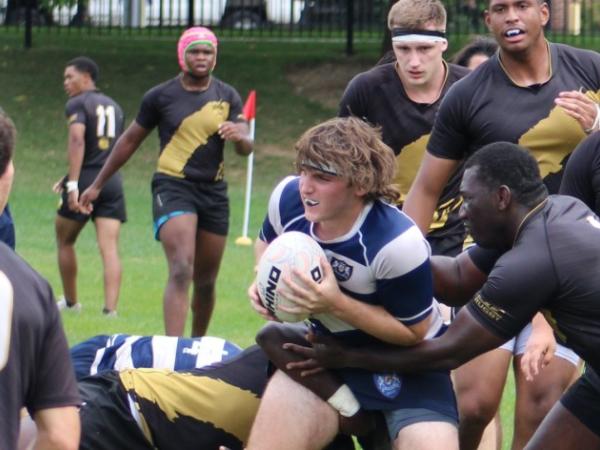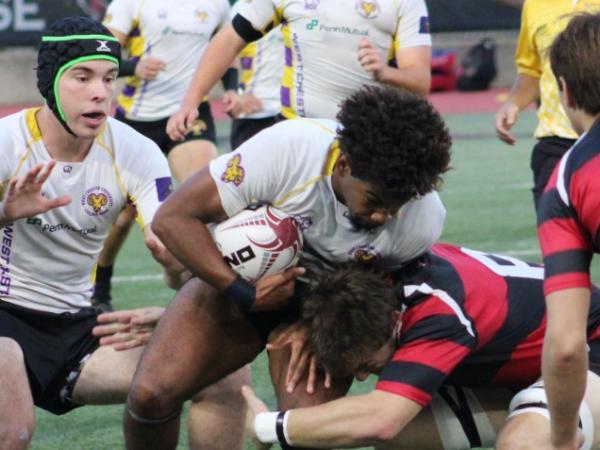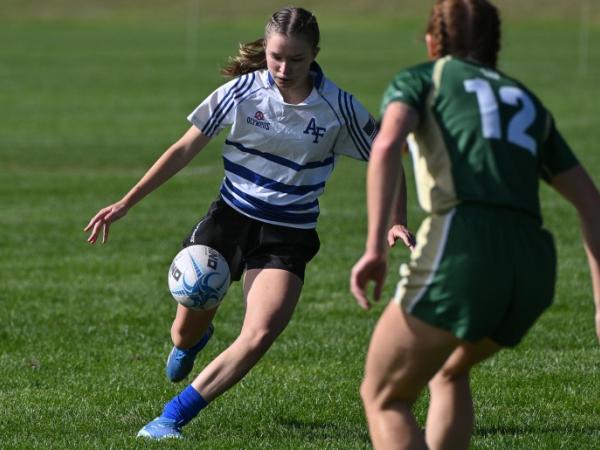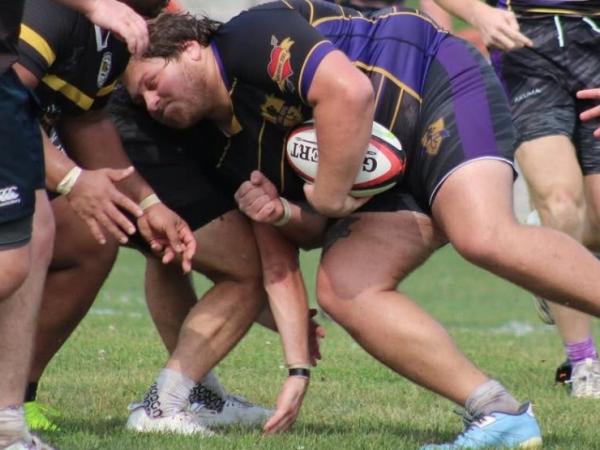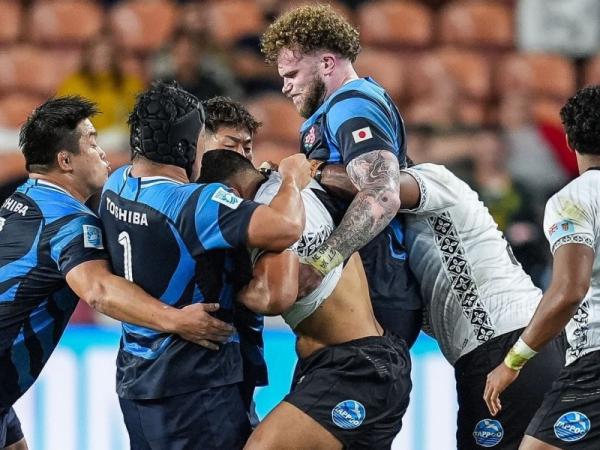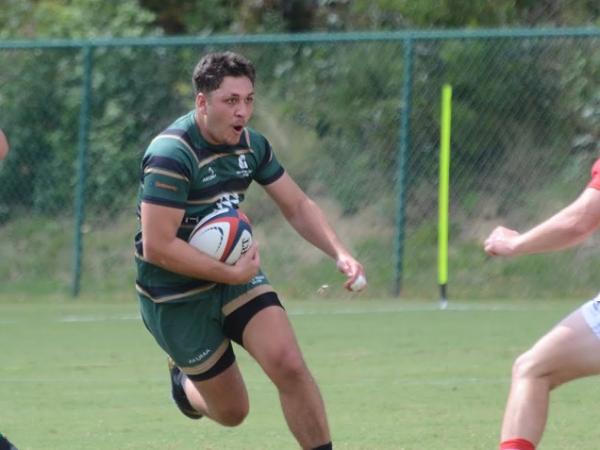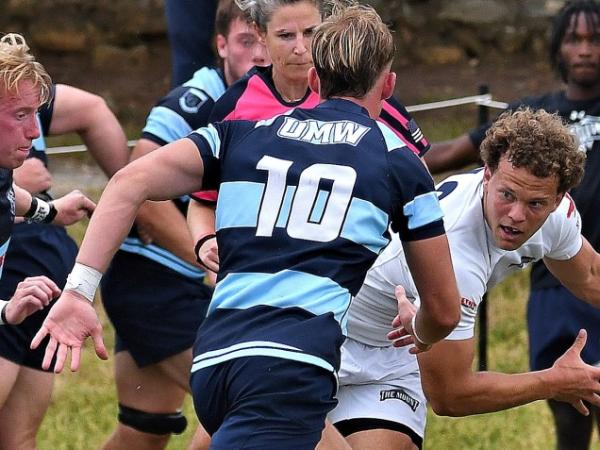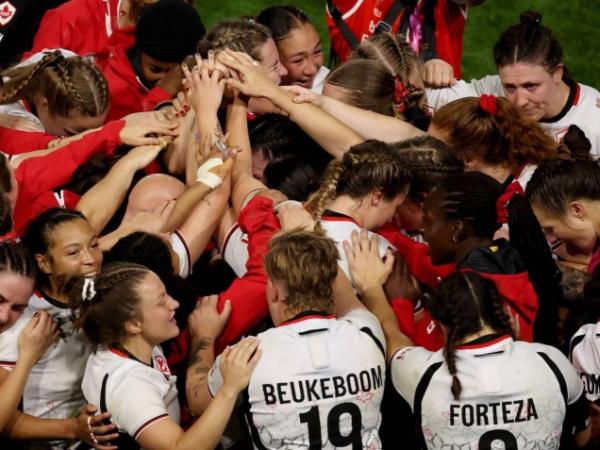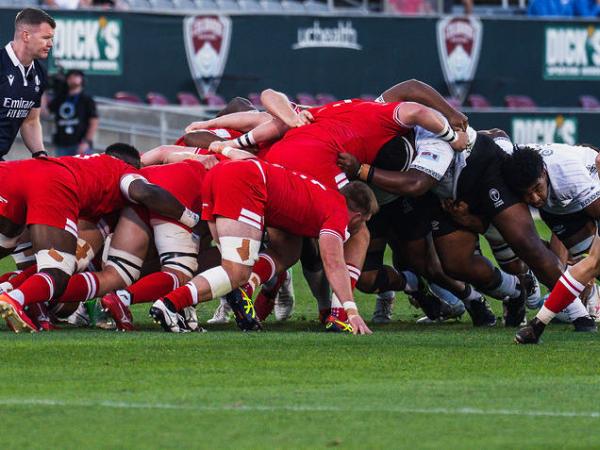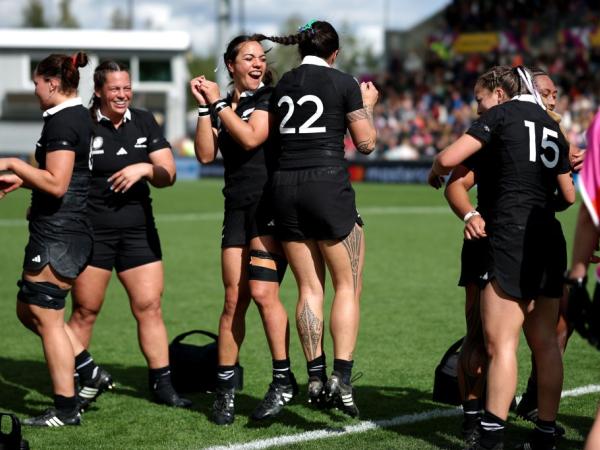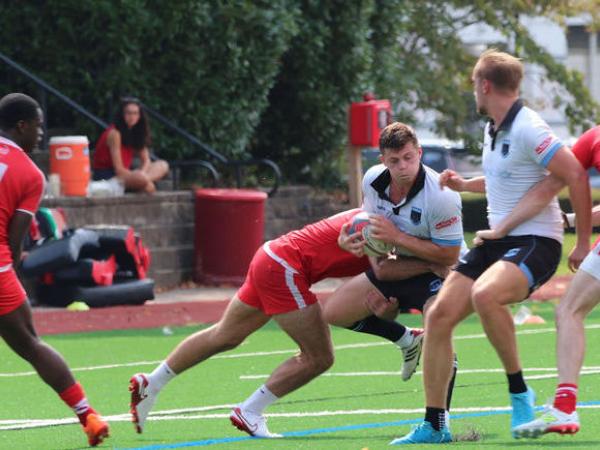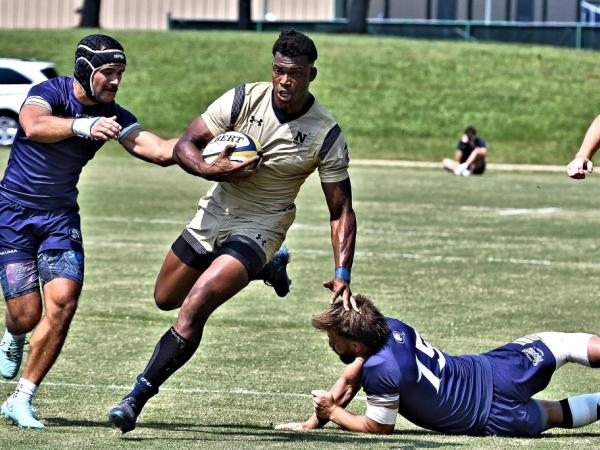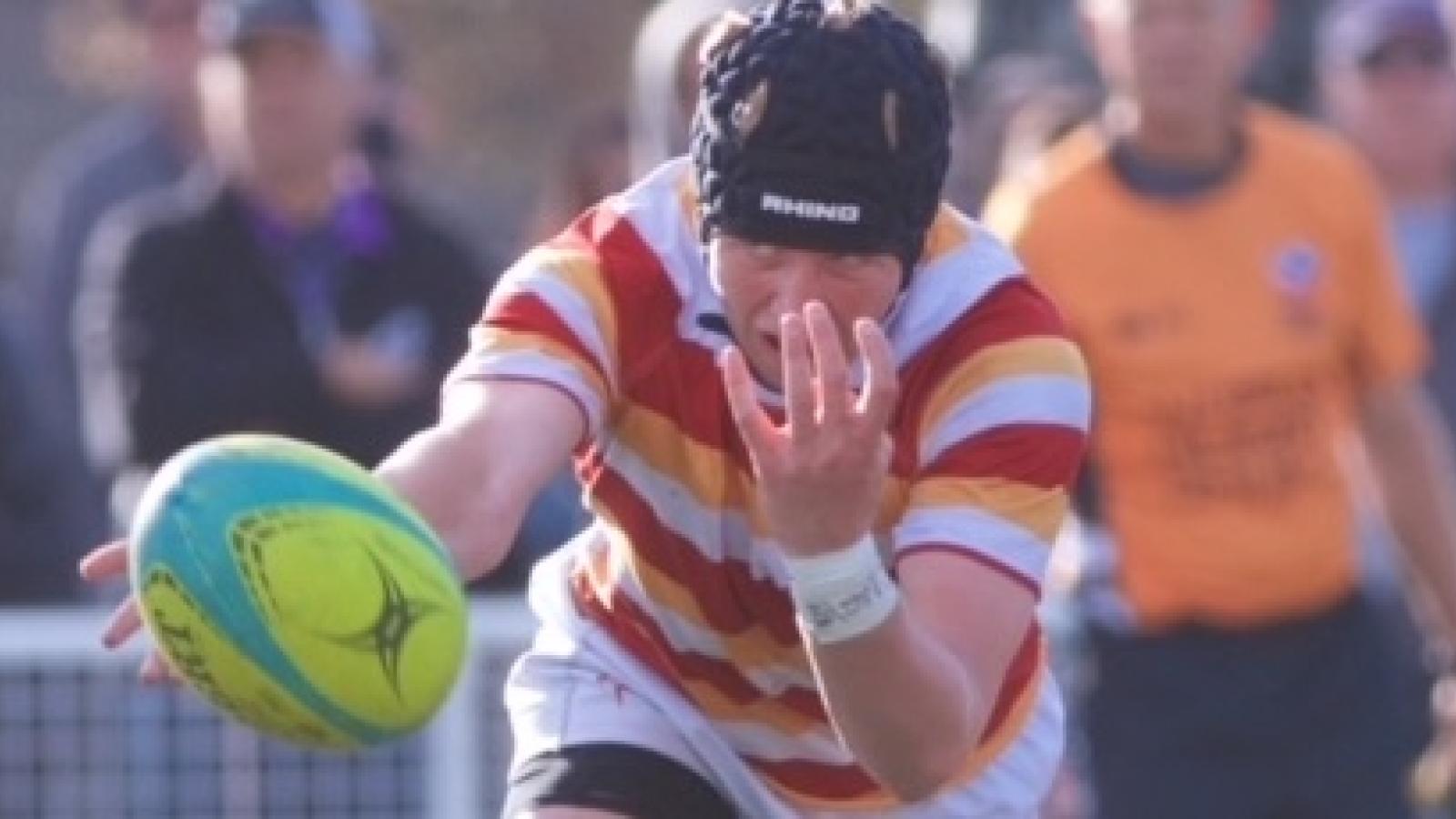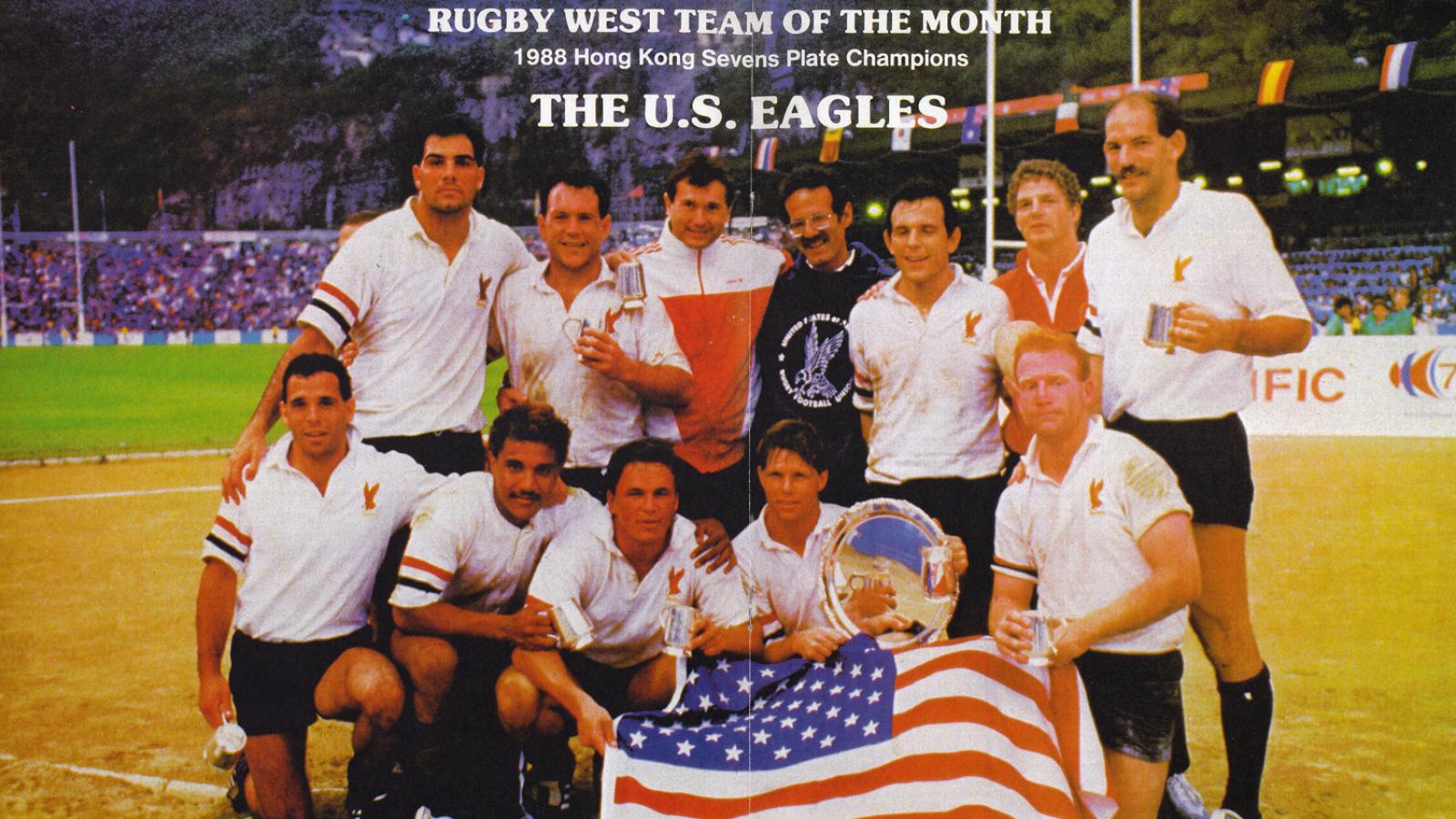So the league will be working to stem the spending inflation, and there is an overall approach to accepting that many contracts will be part-time, even if that means something that seems full-time when the players are in-season, but not so much when it's the off-season.
Rosters will also probably shrink, but with a shorter schedule—a six-team league could mean seven to 10 games for the regular season. (Seven games would be if a Western team plays the other two teams twice and the Eastern teams once each; 10 games would be home-and-home against every team.)
And then there's the domestic player policy, and we understand that there will be fewer foreign player spots in a gameday roster. (We haven't confirmed whether the trading of foreigner spots should be banned, but it should.)
On the horizon, there are other things Major League Rugby teams can do:
- Develop a true academy system in which every team has the same definition of what an academy program is: we'd recommend a U18 program and a U23 program, with specific dates of assembly and play, and a specific coaching and competition plan.
- Develop a more comprehensive system for how those academy players can track to a Major League Rugby team and also ensure these academy teams aren't just cannibalizing other select opportunities.
- Formalize partnerships with men's clubs in the area of influence of a MLR team. Could we get our way to a minor-league / major-league relationship? This writer advocated for that with the old Super League that idea was met with a stony silence. We'll see about now.
- Spend more time getting fans to the games and making it a fun experience—keep ticket prices low, find ways to attract families who are increasingly priced out of major sports events. And, in fact, don't worry about making a profit from those fans. Worry about the volume of fans and leveraging those numbers, when they get good, for sponsorship.
- Sign and market local players. Make players available for team promotion. Make players available for direct fan engagement.
- Put fan engagement and representing local players above winning.
- Realize that you are a nascent league, still. The NFL was in a crisis in 1925 when superstar college player Red Grange graduated from the University of Illinois and joined the Chicago Bears. Hmm ... local, in-state player brings fans to the pro team.
For the NHL, various problems, including a World War, reduced the league to six teams in 1942. They didn't expand until 1967.
Players in all of the major American sports held off-season jobs. And this was true really until only quite recently. There is no great shame in a league existing within a system where the players also have other jobs. In fact, it should be expected.
Coming up also will be personnel issues. With college players coming out and hoping to become professional, and with now five teams having their rosters scatter to the winds, and with rosters potentially shrinking, the fight for spots will be fierce.
However, this could be a boon to men's club rugby, specifically the ARP, MRP, and, maybe, a re-surging PRP. In that group there is something like 23 clubs, and we can add a few more outside of those regions. If they look at themselves as semi-pro light, then they can develop a professional mind-set and provide a playing venue for as many as 1,000 rugby players, with the vast majority being Americans.
But it will take some re-evluation of priorities.





